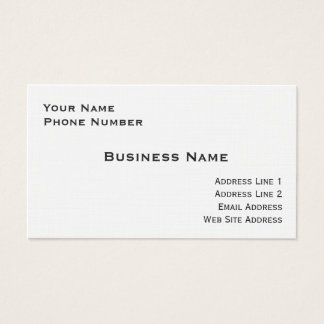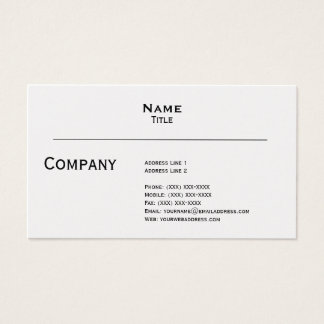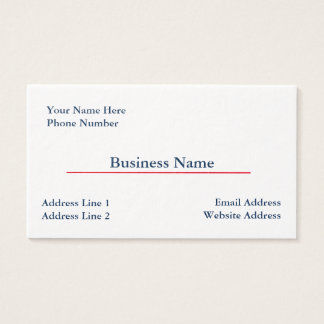What is a SMART Goal?
There are several ways you can define the acronym SMART. It is the definition that is most appropriate for small business owners:
- Specific - You have clearly defined what you want to accomplish.
- Measurable - You have identified targets and milestones to track your progress.
- Attainable - Your goal is realistic and manageable.
- Relevant - You have identified a goal that fits with your business model.
- Time-Based - You have identified a specific period of time for the goal.
SMART Goal Setting Tools
To determine if your goal is SMART once you have written it down, run through this SMART Goal Setting Worksheet and make sure each question is clearly answered.
It's also helpful to see what a SMART goal looks like before you get started. Here are a few SMART goal examples that further demonstrate the process.
When you're ready to start tracking your progress, be sure to review this list of Goal Setting and Tracking Software, too.
Five SMART Goal Setting Tips
Now that you know the basics about SMART goal setting, here are five tips that will help you maximize SMART goal setting in your business.
Think About the Big Picture
SMART goal setting is about breaking goals down into validated segments. At the beginning of the process, before you run your goal through the SMART criteria, it can be helpful to start at the end and work backward. When you have the big picture end goal in mind, it's often easier to stay focused through the process.
Get Down to the Nitty Gritty
After you have the big picture in mind, you need to take the opposite approach and focus on the details. When you begin to break your goal down into smaller actions to fulfill the "measurable" and "attainable" SMART criteria, include actions that are as small and as specific as possible. The smaller the steps you need to make, the easier it will be to make forward-moving progress and build momentum.
Use a Systemized Formula
SMART goal setting is about using a formula that, when completed successfully, will get you from point A to point B efficiently. The more structured you are in the process, the easier it will be to make progress. Use the SMART worksheets, examples, and tools I included above to get started. And resist the urge to set goals in your head! Write everything down, so you have a record of what you're aiming for and how you intend to achieve it.
Track Your Progress
When you are entrenched in your goal and so focused on the daily actions you need to take, it can be easy to forget where you are in the process. Plan regular goal check-ins to gauge your progress, review your next steps and celebrate your successes. It is not only a great way to make sure you're moving in the right direction, but it will also let you revel in your progress and stay motivated to keep moving.
Set an End Date
Open-ended goals are dangerous for a number of reasons, one of which is that there is no urgency or time pressure to encourage progress. No end date often means slower progress. That's why the "time-based" part of SMART goal setting is so important. Think through a timeline for your goal when you are first getting started and break it down into smaller targets so you can easily see your success at each milestone.
15% Off All Business Cards
VIEW ALL
$60.05
$60.05

$44.25
$44.25
$58.55
$68.95
$65.40
$60.05







No comments:
Post a Comment